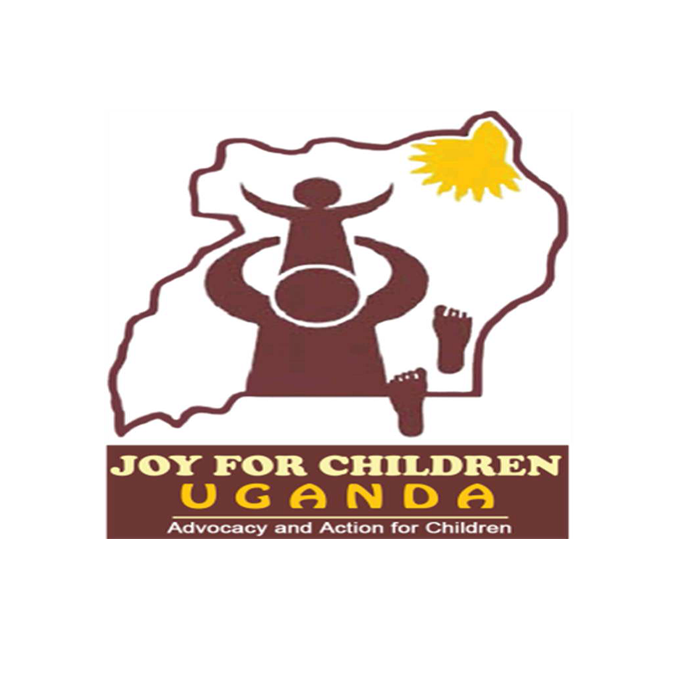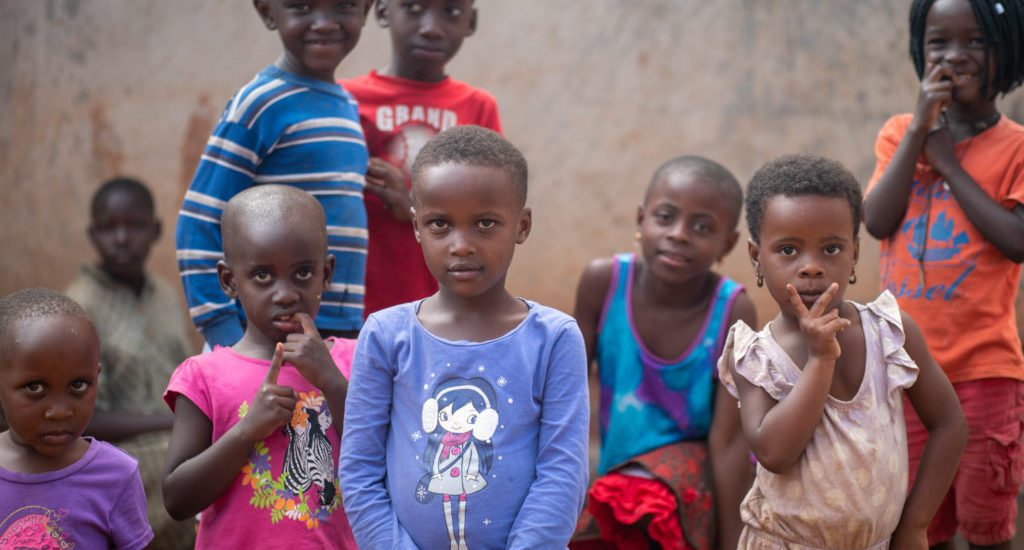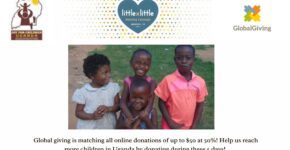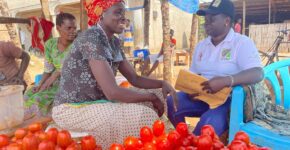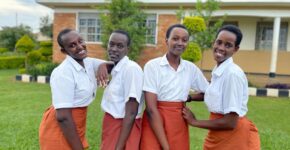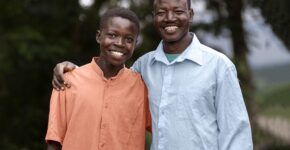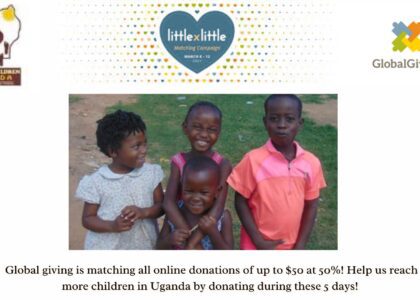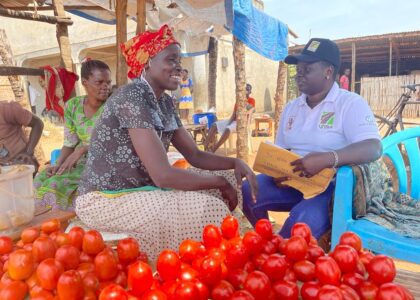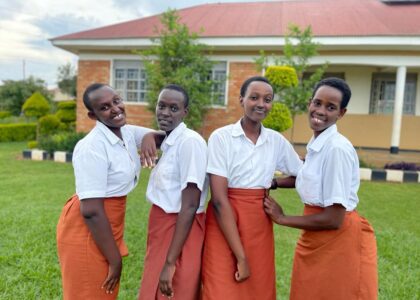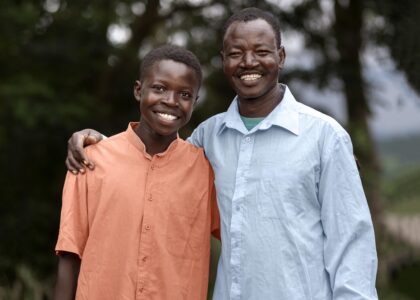Awareness on
Child Protection Services to end Physical Violence against Children
UNICEF 2020 indicates that since the establishment of the Uganda toll free child helpline (Sauti 116) as a mechanism for child protection in 2014, it receives 100 calls per day, reporting different forms of violence against children- physical, sexual and emotional.
Physical violence is at a high rate yet a great number of cases are still not reported. According to findings from the Uganda Violence against Children Survey conducted by Ministry of Gender, Labour and Social Development in 2018, children between 13-17 years, 93.7 % of girls and 89.3 percent of boys who experience physical violence do not seek services due to individual barriers. It further adds that one in three girls (34.1 percent) and boys (31.8 percent) do not seek services because they think that violence is their fault, nearly a quarter of girls (24.0 percent) and boys (23.7 percent) do not think violence is the problem and 18.9 percent of girls and 16.0 percent of boys are afraid of getting into trouble.
Communities still believe that children should be punished for bad behavior by inflicting physical pain on them. Parents and teachers think they are not limited to punishing their children/learners for inappropriate behavior thus go ahead to violate the rights of these children. Not only parents and teachers are involved in this kind of vice but also relatives, fellow peers, intimate partners, and the elders in the community are also among perpetrators of violence.
Due to; fear, ignorance about kinds of physical violence and the available child-services, and other individual barriers, children are not able to report these cases of violence against them. This leaves the perpetrators free and unpunished thus committing more cases of violence and no justice for the survivors.
Joy for Children Uganda’s goal is centered on protecting children and increasing community response to any forms of violence against children. Therefore, we engage in appropriate child awareness about physical violence as well as child protection services, and systematic education/training for children so that they can help to suggest appropriate interventions to end physical violence .There is need for several awareness campaigns to engage the children and shed a spotlight on forms of physical violence, why it should be reported and the available child protection services for abused children.
Nonetheless, the urgency for awareness and informative trainings about child-services to the children requires funding for programs that address ending all forms of violence against children. Failing to address physical violence against children can put at risk the investments made in child health care, education, and survival.
Recommendations:
· Pursuing strategic partnerships with United Nations agencies, non-governmental organizations to coordinate efforts of child protection actors to provide a platform for linking, sharing information, and learning in addition to identifying and responding to key national child protection issues.
· Strengthening the coordination of prevention and response programs both at national and sub-national levels, and building an integrated national child protection system that prevents and responds to physical violence with a focus on at-risk children in different communities.
· Strengthening the capacity of institutions to coordinate response to emergency situations, ensure that children affected by violence receive appropriate care and support, and increase enrollment retention and achieved learning outcomes for children in schools.
· Increasing psycho social and legal support for children and developing a child responsive justice system that operates in the best interests of children.
· Identify, train and mobilize resource youths that will help to identify and refer protection and children at risk.
